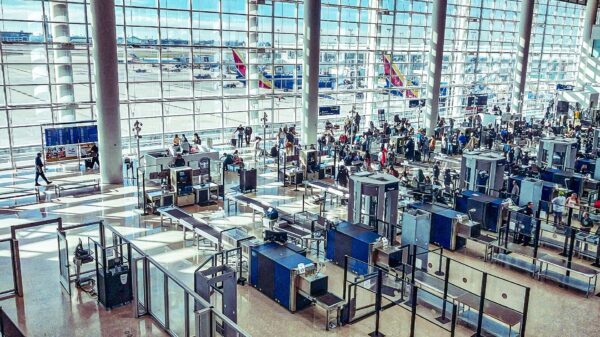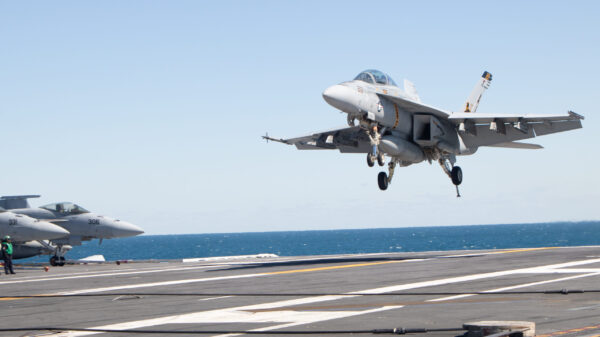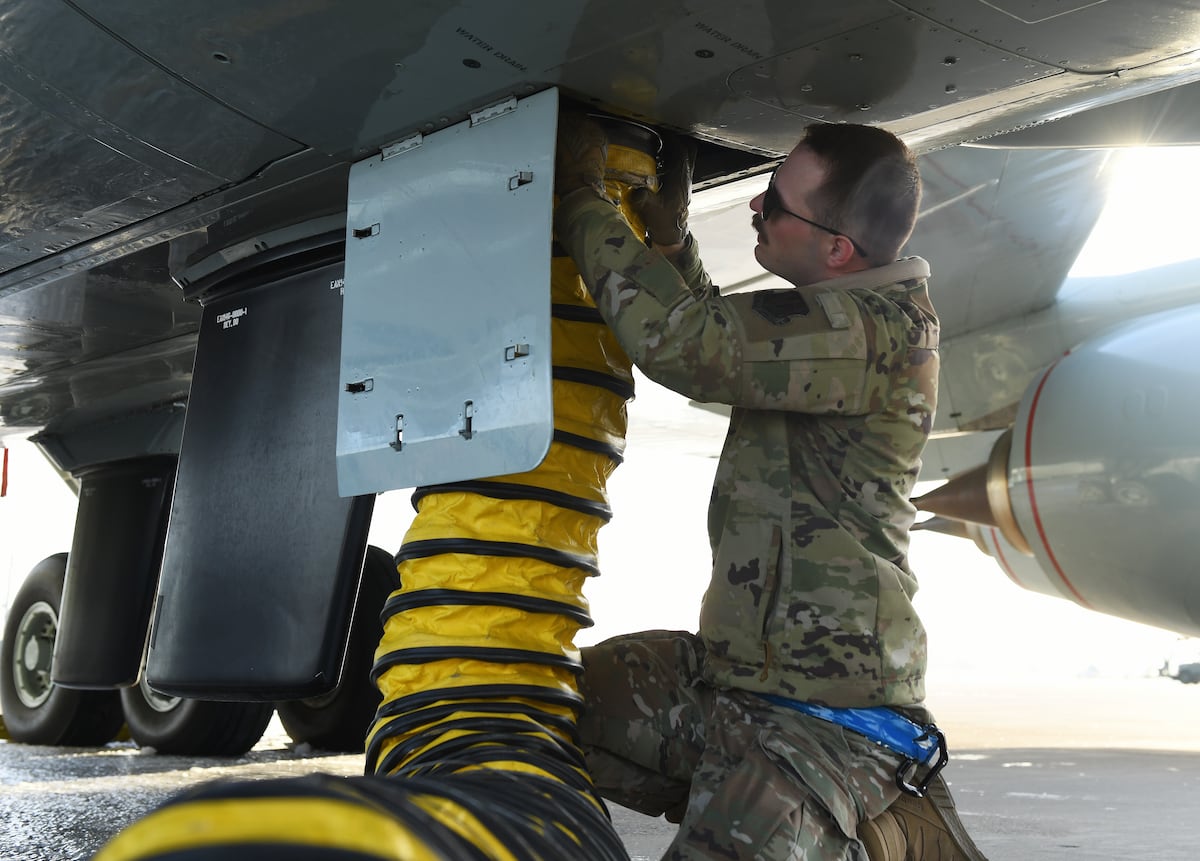The U.S. Air Force is refocusing its maintenance efforts on aircraft capable of operating in contested environments, according to Secretary of the Air Force Troy Meink. Speaking at the Air & Space Forces Association’s Air Space Cyber conference in National Harbor, Maryland, on March 2024, he emphasized that declining aircraft readiness poses a significant challenge for the service.
Meink acknowledged that the Air Force possesses some of the most advanced aircraft, including the F-22 Raptor, F-35 Joint Strike Fighter, and B-2 Spirit bomber. Yet, he expressed concern over the overall readiness rates, which have been trending downward for several years. In fiscal 2024, the fleet-wide mission-capable rate dropped to just 62%, indicating that nearly four in ten aircraft were unable to perform their missions on any given day.
The decline in readiness can largely be attributed to the aging fleet. During a previous address at the AFA’s Air Warfare Symposium in March, Air Force Chief of Staff Gen. David Allvin highlighted that the average age of aircraft in the fleet has nearly doubled over the past three decades, rising from 17 years to almost 32 years.
Meink pointed to Joint Base Langley-Eustis in Virginia, home to many F-22s, as an example of the challenges faced by the Air Force. He noted, “The F-22 is a phenomenal platform. But when I go out to Langley and see nonoperational aircraft sitting around because we lack the necessary parts, that’s a problem.”
In a roundtable with reporters, Meink discussed the financial implications of maintenance and sustainment, stating that they have been major cost drivers for the Air Force over the past fifteen years. He emphasized the need for increased maintenance funding, which is being pursued by lawmakers and Pentagon leadership.
With limited resources, the Air Force must prioritize its maintenance efforts on aircraft that can succeed in future conflicts. Meink stated, “If a system is not capable of operating in a contested environment, then we need to evaluate how much money we’re allocating to readiness for those platforms.”
As the Air Force looks to retire older aircraft, Meink indicated that this would allow the reallocation of skilled maintainers to newer, more relevant platforms. He referenced Ukraine’s effective use of modified quadcopters to target expensive Russian drones as an example of evolving air warfare dynamics.
Holding contractors accountable for the reliability of parts is also a priority for the Air Force. Meink remarked, “When we’re getting a part that’s supposed to last 400 hours, and it lasts 100 hours, that’s unacceptable.” He stressed the importance of collaboration with contractors to enhance the serviceability and reliability of weapon systems.
Additionally, William Bailey, the acting assistant Air Force secretary for acquisition, technology, and logistics, mentioned that the increasing modularity of new aircraft will facilitate easier maintenance and replacement. Bailey also indicated that the acquisition community plans to conduct a thorough analysis of the service’s supply chains to identify and address delivery delays of essential spare parts.
To improve the understanding of its weapon systems, Meink highlighted the need for advanced data analytics. By utilizing these techniques, the Air Force aims to gain better insights into the condition of its aircraft and ensure that maintenance resources are effectively allocated.
The ongoing challenges in aircraft maintenance and readiness underscore the critical need for strategic planning and resource management within the U.S. Air Force as it prepares for future conflicts in increasingly complex environments.





































































